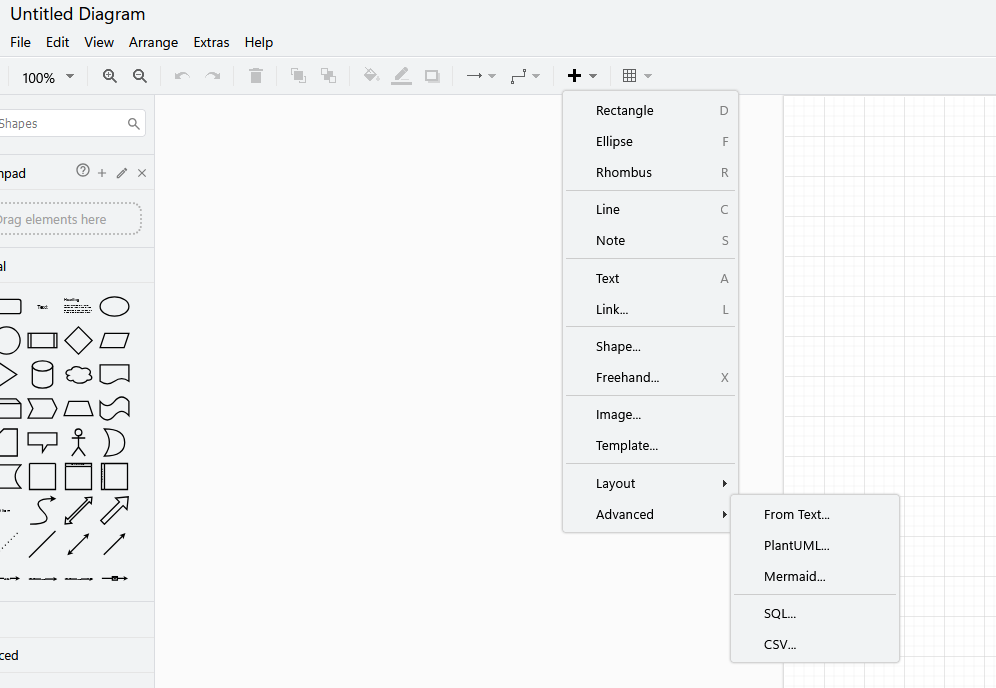Visual representations such as flowcharts and diagrams are powerful tools for conveying complex information clearly and efficiently. With the integration of AI tools like ChatGPT and the versatility of Mermaid code, you can easily create professional-quality diagrams. This guide will walk you through generating flowcharts and diagrams using ChatGPT to generate Mermaid code.
What is Mermaid?
Mermaid is a JavaScript-based diagramming and charting tool with a simple, markdown-like syntax. It can create flowcharts, sequence diagrams, class diagrams, state diagrams, Gantt charts, and more. Mermaid is often integrated into documentation tools, wikis, and static site generators, making it highly versatile and widely applicable.
Why Use ChatGPT?
ChatGPT, developed by OpenAI, is a powerful language model that can assist in generating code, including Mermaid syntax. By leveraging ChatGPT, you can describe the diagram you want, and it will generate the corresponding Mermaid code for you, saving time and effort.
Step-by-Step Guide to Creating Diagrams
Step 1: Describe Your Diagram to ChatGPT
Start by providing a clear and detailed description of the diagram you want to create. For example, if you’re going to create a flowchart that outlines the process of user registration on a website, you might describe the steps as follows:
Description: “I want to create a flowchart for a user registration process on a website. The steps include:
- User visits the registration page.
- User fills out the registration form.
- User submits the form.
- System validates the input.
- If validation fails, display an error message and return to the registration form.
- If validation succeeds, create a new user account.
- Send a confirmation email to the user.
- User confirms the email.
- Registration complete.”
Step 2: Generate Mermaid Code with ChatGPT
Next, input your description into ChatGPT, asking it to generate the corresponding Mermaid code. Here’s how you can frame your request:
Prompt to ChatGPT: “Generate Mermaid code for a flowchart based on the following user registration process:
- User visits the registration page.
- User fills out the registration form.
- User submits the form.
- System validates the input.
- If validation fails, display an error message and return to the registration form.
- If validation succeeds, create a new user account.
- Send a confirmation email to the user.
- User confirms the email.
- Registration complete.”
ChatGPT will then generate the Mermaid code for you. Here’s an example of what it might produce:
graph TD;
A[User visits registration page] --> B[User fills out registration form];
B --> C[User submits the form];
C --> D{System validates input};
D -->|Validation fails| E[Display error message];
E --> B;
D -->|Validation succeeds| F[Create new user account];
F --> G[Send confirmation email];
G --> H[User confirms email];
H --> I[Registration complete];
Step 3: Render the Diagram
Once you have the Mermaid code, you can render it using various tools, such as DrawIO. Insert the above code into the website, as shown below, and it will generate the flow chart.


Conclusion
Creating flowcharts and diagrams with ChatGPT and Mermaid code is a streamlined and efficient way to visualize processes and ideas. By leveraging AI to generate the code, you can focus on the content and structure of your diagrams, making the creation process faster and more intuitive. Try integrating these tools into your workflow to enhance your documentation and presentations.